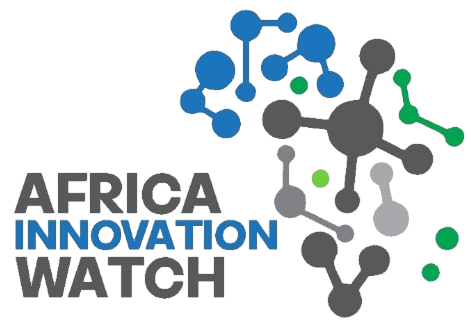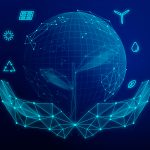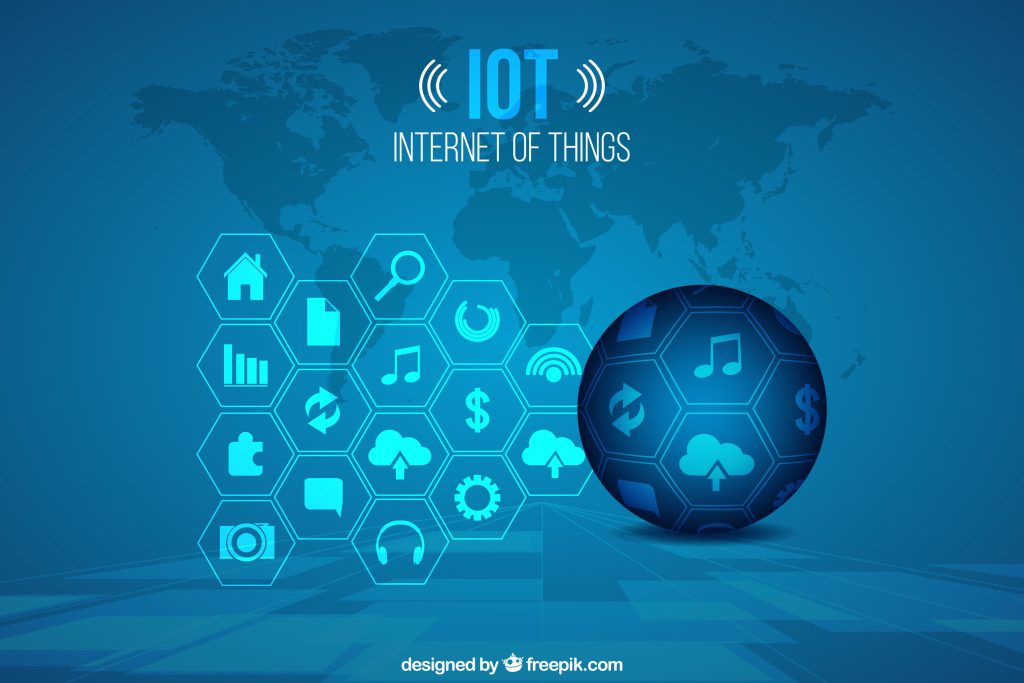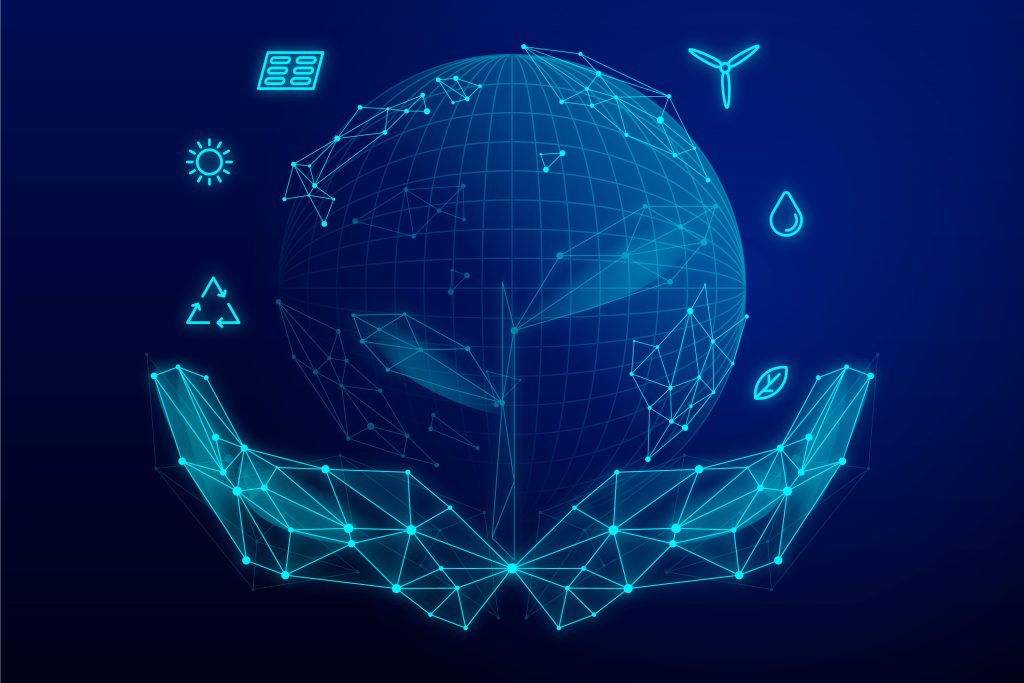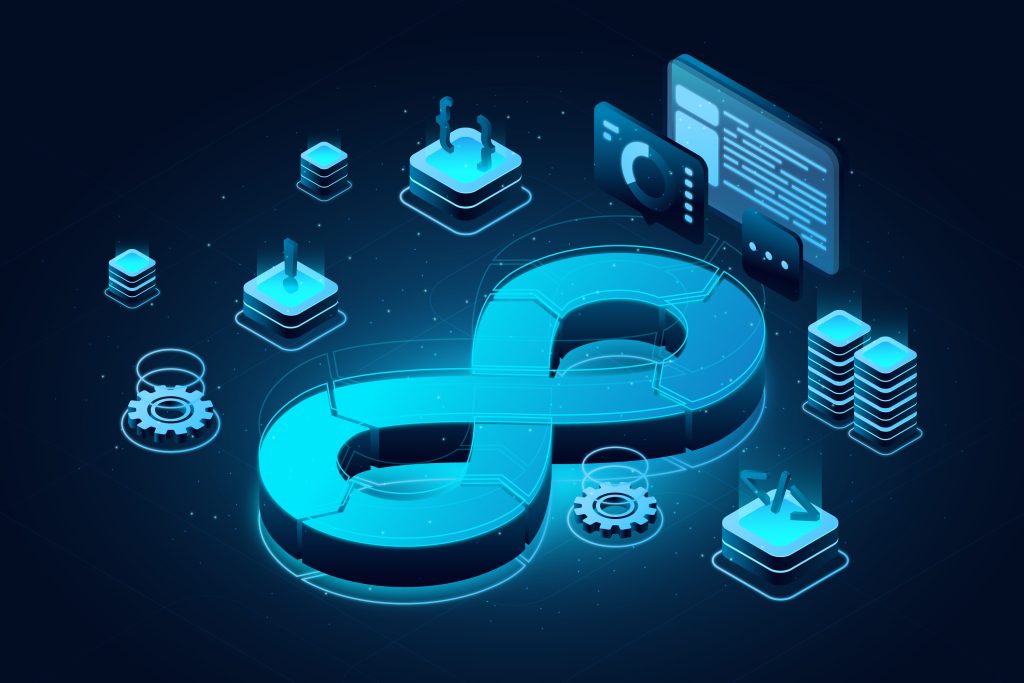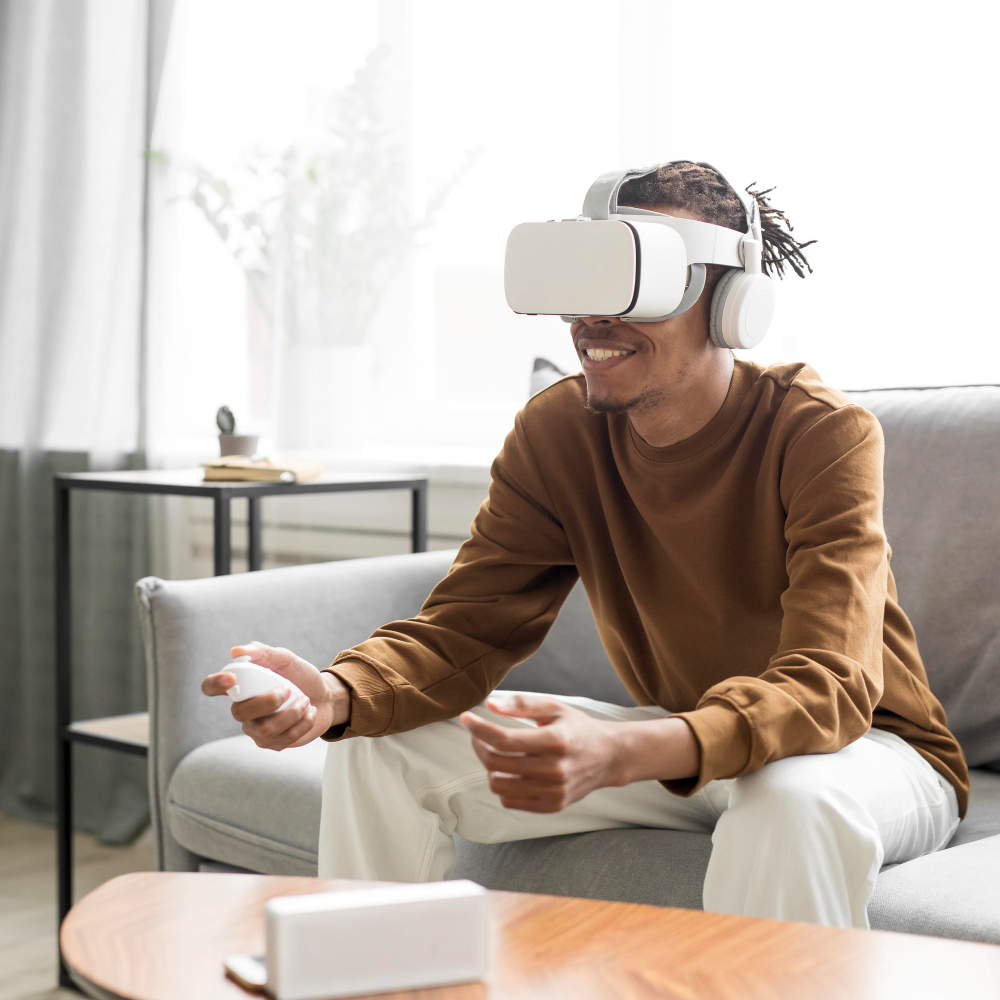Introduction
The Internet of Things (IoT) represents one of the most transformative technological revolutions of the 21st century. By connecting everyday devices to the internet, IoT enables seamless communication between objects and users, creating smarter homes, efficient cities, and enhanced lifestyles. This blog explores how IoT is reshaping smart homes and urban living, the technologies behind it, and the future possibilities.
What is the Internet of Things (IoT)?
IoT refers to the network of physical devices embedded with sensors, software, and other technologies that connect and exchange data with other devices and systems over the internet. These devices range from household appliances to city infrastructure, creating vast ecosystems that operate intelligently and autonomously.
IoT in Smart Homes
Connected Devices and Systems
Smart homes are equipped with devices that can be remotely monitored, controlled, and automated. Examples include:
- Smart thermostats (e.g., Nest, Ecobee) that optimize heating and cooling based on usage patterns.
- Smart lighting systems controlled via apps or voice assistants like Amazon Alexa or Google Assistant.
- Security cameras and smart locks that enhance home security and allow remote access control.
- Smart appliances such as refrigerators, ovens, and washing machines with IoT connectivity enabling predictive maintenance and remote operation.
Benefits of IoT in Smart Homes
- Energy Efficiency: Smart devices optimize power consumption, reducing utility bills and environmental impact.
- Convenience: Automation and voice control simplify daily routines.
- Safety and Security: Real-time monitoring and alerts help prevent accidents, burglaries, and emergencies.
- Accessibility: IoT enables enhanced assistance for elderly and differently-abled individuals, promoting independent living.
IoT in Smart Cities
As urban populations grow, cities face challenges in managing infrastructure, traffic, resources, and public safety. IoT offers solutions by embedding intelligence into urban environments.
Key Applications of IoT in Smart Cities
- Smart Traffic Management: Sensors and cameras monitor traffic flows, adjust signal timings, and provide real-time updates to reduce congestion.
- Waste Management: IoT-enabled bins monitor fill levels and optimize collection routes.
- Public Safety: Connected surveillance cameras and emergency systems improve response times.
- Environmental Monitoring: Sensors track air and water quality, noise pollution, and weather conditions for better urban planning.
- Smart Lighting: Street lights adapt brightness based on usage and ambient conditions, saving energy.
- Smart Parking: IoT systems guide drivers to available parking spaces, reducing time and emissions.
Technologies Powering IoT
- Sensors and Actuators: Devices that collect data (temperature, motion, humidity) and perform actions (open a valve, switch a light).
- Connectivity Protocols: Wi-Fi, Bluetooth, Zigbee, LoRaWAN, and 5G provide various options for communication depending on range, power, and bandwidth needs.
- Cloud and Edge Computing: Process and analyze IoT data either centrally in the cloud or locally at the edge for real-time responses.
- Artificial Intelligence (AI): Machine learning algorithms interpret data, detect patterns, and automate decision-making.
- Security Frameworks: Encryption, authentication, and secure firmware updates protect IoT devices and data.
Challenges of IoT Implementation
- Security and Privacy: IoT devices can be vulnerable to cyberattacks, and extensive data collection raises privacy concerns.
- Interoperability: Diverse devices and platforms may not always work together seamlessly.
- Data Management: Massive volumes of data require efficient storage, processing, and analysis.
- Cost and Infrastructure: Initial deployment and maintenance can be expensive for cities and homeowners.
- Standardization: Lack of universal standards complicates device integration and scalability.
The Future of IoT in Smart Living
The potential for IoT continues to grow with advancements in AI, 5G, and edge computing. Emerging trends include:
- IoT and AI Integration: Smarter automation with predictive analytics and personalized experiences.
- Sustainable Cities: IoT-driven solutions for energy management, pollution control, and resource optimization.
- Healthcare IoT: Remote patient monitoring and telemedicine.
- Enhanced Connectivity: 5G and beyond will provide the bandwidth and latency needed for complex IoT applications.
- Digital Twins: Virtual replicas of cities and buildings for simulation and optimization.
Conclusion
IoT is reshaping the fabric of everyday life by transforming homes and cities into intelligent ecosystems. The convergence of sensors, connectivity, cloud computing, and AI is driving innovation in convenience, efficiency, and sustainability. While challenges remain, continued technological progress and collaboration across industries will unlock the full potential of IoT to create smarter, safer, and more connected environments for all.
